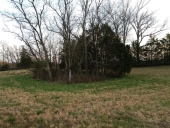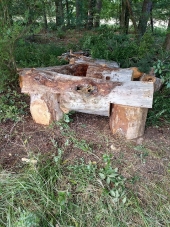
 3
3




"Study books and observe nature; if they do not agree, throw away the books." ~ William A. Albrecht
 3
3




Standing on the shoulders of giants. Giants with dirt under their nails
 2
2




Sometimes the answer is nothing

 1
1




"Study books and observe nature; if they do not agree, throw away the books." ~ William A. Albrecht
 2
2




"Study books and observe nature; if they do not agree, throw away the books." ~ William A. Albrecht
 2
2




Standing on the shoulders of giants. Giants with dirt under their nails




"Study books and observe nature; if they do not agree, throw away the books." ~ William A. Albrecht
 2
2




 3
3




Jd




J Davis wrote:9 looks like Johnson grass, most consider it a nuisance but its got sorghum in the name so perhaps its got some useful potential. (?)
"Study books and observe nature; if they do not agree, throw away the books." ~ William A. Albrecht




"Study books and observe nature; if they do not agree, throw away the books." ~ William A. Albrecht
 2
2




"Study books and observe nature; if they do not agree, throw away the books." ~ William A. Albrecht




"Study books and observe nature; if they do not agree, throw away the books." ~ William A. Albrecht

|
Patriotism is the virtue of the vicious - Oscar Wilde
permaculture bootcamp - gardening gardeners; grow the food you eat and build your own home
https://permies.com/wiki/bootcamp
|



